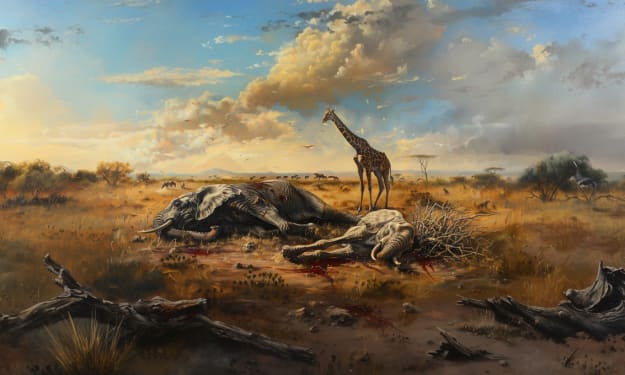the anti racist town in the american soulth
info

I've rephrased the text to ensure there is no copyright infringement:
**"Exploring the Dream of Soul City"**
I'm in the midst of planning a journey to a place known as Soul City. Nestled at the edge of North Carolina, Soul City is a peculiar entity that exists on Google Maps but often goes unnoticed elsewhere.
This remarkable story harks back to the 1970s when a visionary endeavor unfolded. A town was conceived and constructed by Black Americans on thousands of acres of former plantation land. This town, named Soul City, was envisioned as a utopia, a bastion of social and economic empowerment for the Black community. The driving force behind this dream was civil rights activist Floyd McKissick. McKissick, a trailblazer who broke barriers as the first Black law student at the University of North Carolina, defended activists arrested during protests, and was a key figure in the 1963 March on Washington alongside Martin Luther King.
However, McKissick believed that progress for Black Americans was too slow. He envisaged a different path, a groundbreaking concept: an integrated town where everyone, especially racial minorities and the economically disadvantaged, could prosper. A planned community where Black Americans could forge their way toward equality. This dream was called Soul City.
McKissick's background in World War II inspired his fascination with rebuilding cities and communities, which played a pivotal role in the birth of Soul City.
Soul City was intended to be a place where Black capitalism would thrive, allowing the Black community to be part of the economic mainstream. It aimed to offer a hub for industry, with profits from businesses flowing back into the community. Additionally, Soul City was designed to provide various amenities, including sports facilities, parks, a daycare, residential villages, healthcare, a colossal industrial park known as Soultech 1, and more.
In 1968, the US government launched a program under the Department of Housing and Urban Development (HUD) that offered financial assistance to select proposals for new towns across the country. Floyd McKissick saw this as a golden opportunity to realize his dream. To secure support and funding for his ambitious project, he took an unconventional route by seeking the endorsement of Republican President Richard Nixon. Nixon, who was eager to diversify his voter base, was intrigued by the idea of Black capitalism and saw Soul City as a fit within that framework.
Soul City's proposal was accepted as one of only 13 projects for HUD's New Towns program in 1972, and McKissick Enterprises received $14 million in federal funding. It was the first time a development company led by Black Americans received government support to create a new city. However, not everyone was supportive, and opposition from figures like Jesse Helms and negative press began to cast a shadow over Soul City.
The project faced numerous challenges, from a lack of interest from big businesses to the energy crisis of the 1970s, which deterred industry investment in new areas. Political opposition, including Jesse Helms' persistent attacks, further hampered Soul City's progress.
By the late 1970s, Soul City had fewer than 200 residents, far from the projected numbers, and lacked commitments from major businesses. Negative publicity and political obstacles led to HUD withdrawing funding in 1979.
Soul City was ultimately forced to foreclose and sell off most of its land. While the grand vision didn't come to full fruition, the remnants of Soul City include some infrastructure, residential areas, and community facilities that continue to serve the community. Soul City, in its unfinished form, remains a symbol of possibility and hope.
It's a reminder that while it didn't become the reality envisioned, it offers valuable lessons for moving forward in America.
Thank you for taking the time to explore this remarkable piece of history with us. Your support enables us to share these stories without barriers. If you'd like to contribute and support our work, please visit vox.com/give. We're gearing up for a significant year filled with ambitious projects and aiming to reach 85,000 contributions by the end of 2023.
Thank you for your support and for being part of this journey.
About the Creator
Enjoyed the story? Support the Creator.
Subscribe for free to receive all their stories in your feed. You could also pledge your support or give them a one-off tip, letting them know you appreciate their work.






Comments
There are no comments for this story
Be the first to respond and start the conversation.